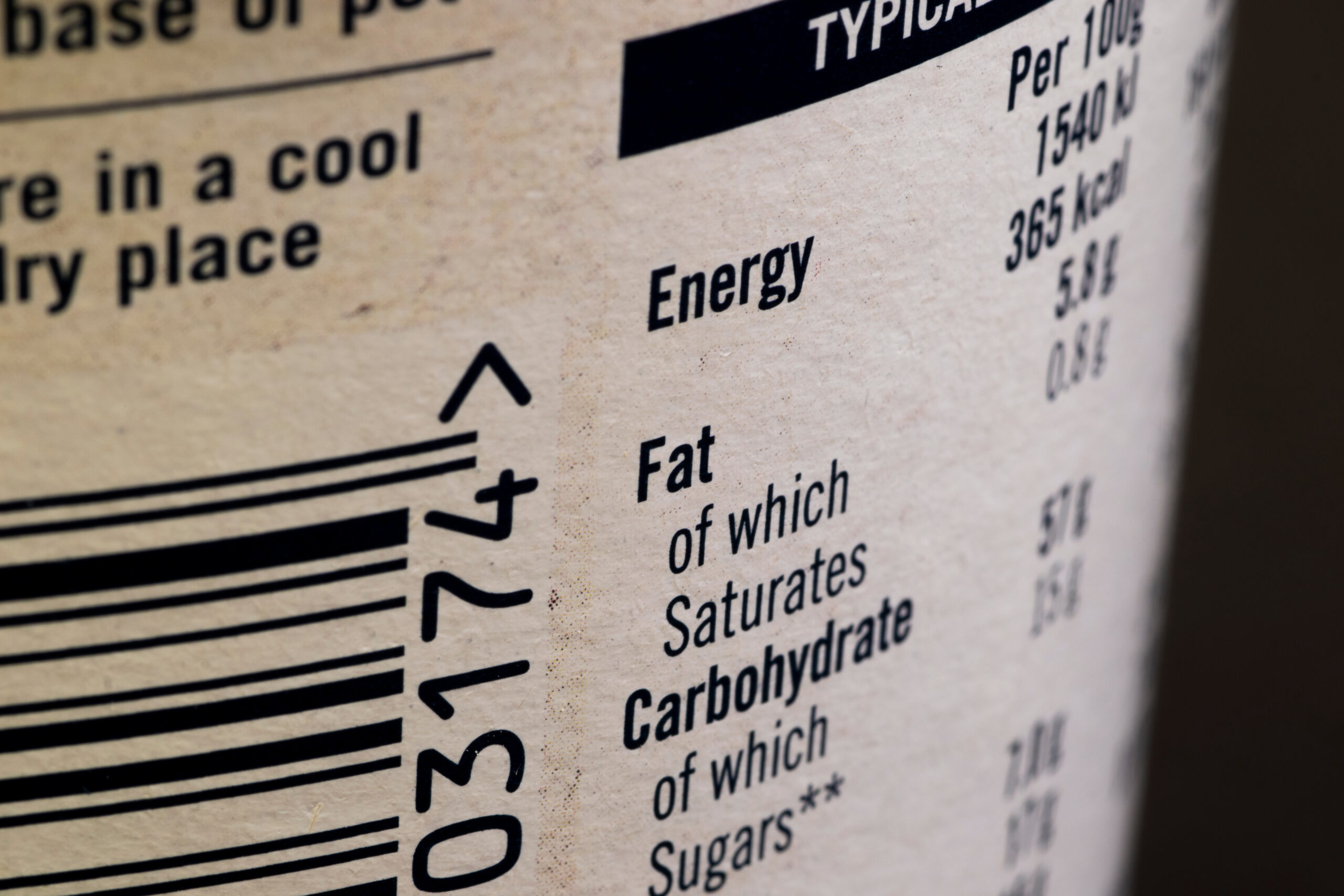Debates on technology and trade in the UK in recent years have been dominated at micro level by whether technology can render a border invisible, and at macro level as to whether the gravity effects of trade, that countries trade more with neighbours, are in the process of weakening. Brexit may be banned as a word in government, but these Brexit related issues will continue to be important in the future, not least in thinking about the barriers we may face in UK-EU trade, and whether any negative trading impact from these can be offset by global trade.
To realistically consider the impact of technology on the UK’s trade performance after EU departure we need to understand our current trading position, and the main trends in technology we are considering. In both cases we find a picture more complex than that held by common wisdom, suggesting there are unlikely to be easy answers for the UK.
It is well known that nearly 50% of the UK’s exports are in services, where the UK has been described as “frighteningly competitive”. The largest single element of this is financial services, but we’re good at a diverse range of business and professional services, information technology, education, branding, retail and much besides. That leaves 50% of goods exports, of which only a small percentage is the result of the commonly understood process of producing a good and selling it overseas (Scotch whisky being the classic example).
More often, the UK is part of a sophisticated chain of imports and exports making up a final product, with cars and aviation being classic examples of such sectors, and where there may be some embedded services, such as after-sales service contracts and in-car systems. In these sectors much of the international trade occurs within the same company, think perhaps Airbus or Ford.
The technology developments that affect this trade are thus as diverse as the trade itself. Much of the talk in recent years has been around blockchain, a form of shared record trusted by all parties to a transaction, which should be able to assist with customs checks and trade finance among other things. That would suggest a reduction in the cost of global trade and reduction in the gravity effect, but other trends towards greater automation and 3D printing are conversely encouraging manufacturers to locate closer to major markets, and away from low cost locations. Trade in the automotive sector, huge in global trade terms, stands to be radically affected by the change to electric vehicles, with less parts, and probably less complex supply chains.
Services trade is similarly going to be affected by greater automation, which may for example reduce the trade in the provision of call centres (some of whose functions are plausibly replaced by virtual agents) but increase outsourcing in other areas, such as legal services research. This could even move into more complex fields such as advanced manufacturing or surgery, where robots in one country are controlled by skilled staff in another.
There is little suggestion from academic literature that the cumulative effect of all of these changes will dramatically alter the gravity effects of trade. Much trade remains local for the simple reasons of culture and familiarity, the greater knowledge of a market close by because of regular contact, shared tastes, common regulations, or lower costs of sale and maintenance related to travel costs. Even if the cost of long distance trade is falling, it is not falling by enough to change the fundamentals.
This doesn’t mean that the current pattern of UK trade is the one that will be maintained; that will depend on the choices we have yet to make. Already the UK is an outlier in our services trade, with larger than expected trade with a number of countries including the US and in the Middle East. For the US the huge levels of investment between the two countries may be a particular factor, while for the Middle East the UK’s successful defence manufacturing sector is clearly a factor.
The likely effect of greater barriers to trade with the EU compared to the current position is a reduction in our place in various manufacturing supply chains such as in automotive, which is not offset by any other trade agreements. Technology could reduce the cost of border barriers, but in a low margin sector these costs could still be a significant deterrent to UK manufacturing.
This would increase pressure on the sectors where trade agreements make less of a difference, which includes much of the aforementioned services sector, along with defence and other high margin engineering. This suggests though that we may be better not going down the traditional trade agreement route, but instead creating new bilateral agreements in areas such as FinTech, data, regulations, and the movement of people. This though would not be easy given sensitivities among likely trading partners.
Our trade choices will of course have a strong relationship with those made for the domestic economy. A government seeking to increase manufacturing exports would probably want to create a close relationship with our neighbouring markets, joining up with local innovation and skills efforts. Focusing on services and niche manufacturing would potentially exacerbate divisions between those areas with university and research clusters, and other towns, unless other measures were taken. Trade policy, it should be noted, always involves government picking winners and losers. Technological developments can’t affect that, but awareness of them will allow for informed decisions.
David Henig is Director of the UK Trade Policy Project at the European Centre for International Political Economy. This article first appeared in our Centre Write magazine Digital disruption?. Views expressed in this article are those of the author, not necessarily those of Bright Blue. [Image: Number 10]





